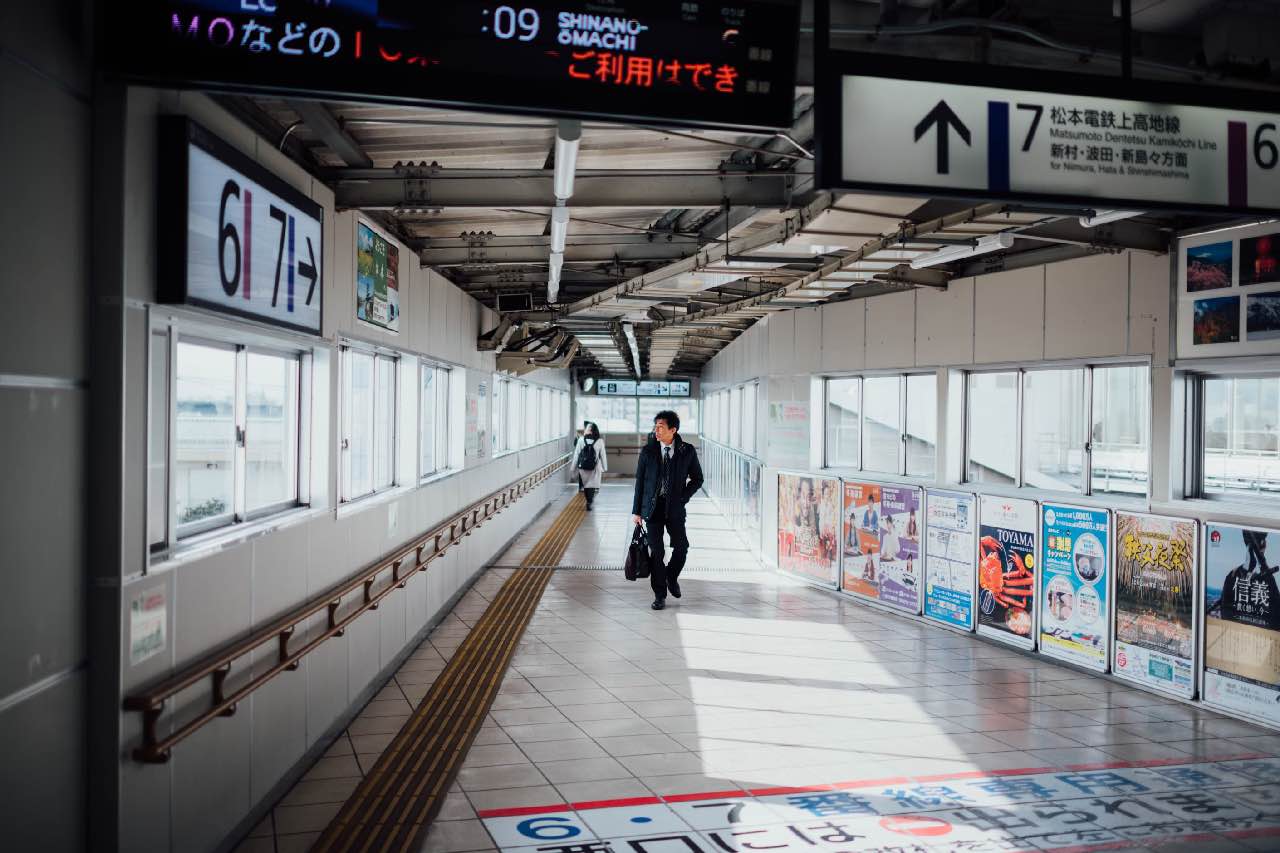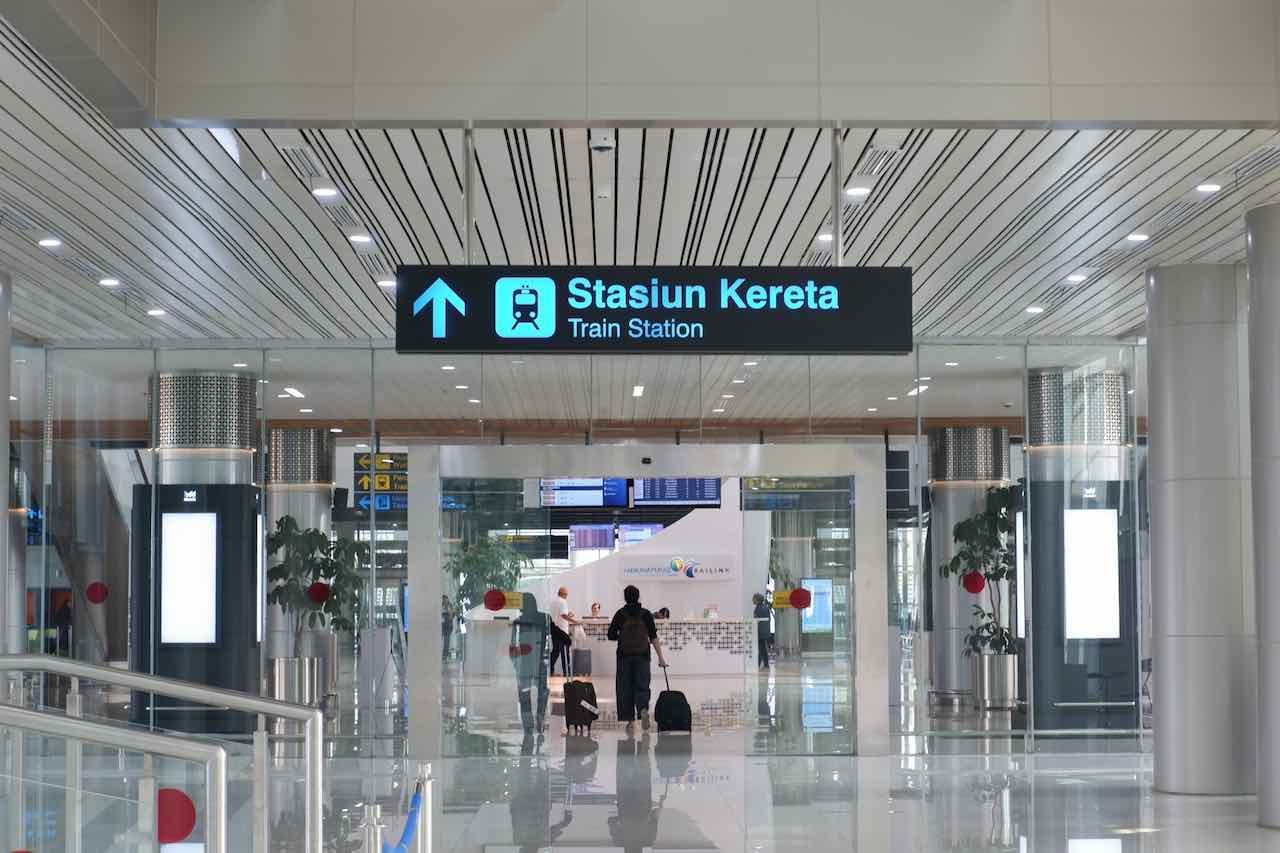
When people think of outdoor advertising in Indonesia, Jakarta often takes the spotlight. Its massive digital billboards, heavy traffic, and urban density make it a natural hub for OOH campaigns. Yet behind the capital’s dominance lies a quiet but powerful shift: the rise of second-tier cities such as Surabaya, Medan, Makassar, Semarang, and Palembang. These cities are becoming new growth engines for the OOH industry, offering brands untapped potential and a more sustainable path to nationwide exposure.
Rising Urban Populations and Expanding Economies
Indonesia’s second-tier cities are no longer regional players. Rapid urbanization, new infrastructure projects, and growing middle-class populations are reshaping how people live and move. For advertisers, these shifts mean more eyeballs in smaller but vibrant markets. Local airports, new highways, and modern retail centers have transformed these cities into active consumer hubs.
Brands that only focus on Jakarta risk missing millions of potential customers. Surabaya, for instance, now boasts a metropolitan population exceeding 10 million people, while Medan connects the western part of Indonesia through its trade and logistic networks. The traffic, shopping habits, and lifestyle patterns in these areas create fertile ground for impactful OOH exposure.
Lower Saturation, Higher Impact
Jakarta’s OOH scene is competitive and expensive. Second-tier cities, however, offer less media clutter, making it easier for a single billboard to dominate visual attention. For example, a strategic LED screen in Makassar’s city center can reach both daily commuters and tourists from eastern Indonesia. The cost efficiency is another factor. With lower media rental rates and more flexibility from local authorities, advertisers can achieve stronger visibility at a fraction of Jakarta’s cost.
Local Relevance and Cultural Resonance
OOH in second-tier cities offers something that global brands often struggle to achieve: authenticity. Each region has unique cultural identities and values that influence how people perceive advertising. Campaigns that include local dialects, traditional motifs, or regional celebrities tend to connect more effectively. For instance, a food brand using local imagery in Semarang or Palembang often gains stronger emotional response than one using generic national visuals.
The New Strategic Frontier for National Reach
As Indonesia’s economic growth becomes more decentralized, the OOH industry must evolve with it. Brands that diversify their city mix and invest in regional awareness will not only expand their market share but also build deeper brand loyalty. Second-tier cities are no longer secondary. They are the new strategic frontier for advertisers looking to connect authentically across Indonesia.
Closing
As Indonesia’s advertising landscape evolves, second-tier cities hold the key to long-term visibility and relevance. By investing early and building local presence, brands can create stronger connections with communities that represent the next wave of growth. The future of OOH in Indonesia will be defined not only by technology, but by how well brands understand and embrace the nation’s regional diversity.

















